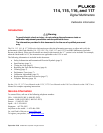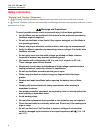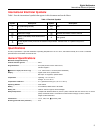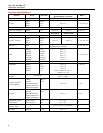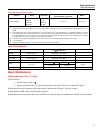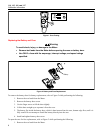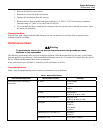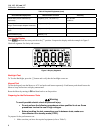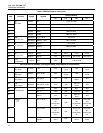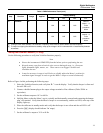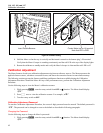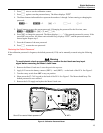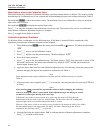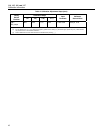
114, 115, 116, and 117
Calibration Information
2
Safety Information
"Warning" and "Caution" Statements
A “XW Warning" identifies hazardous conditions and actions that could cause bodily harm or death.
A "W Caution" identifies conditions and actions that could damage the Meter, the equipment under test, or cause
permanent loss of data.
XWWarnings and Precautions
To avoid possible electric shock or personal injury, follow these guidelines:
• Use the Meter only as specified in this manual or the protection provided by
the Meter might be impaired.
• Do not use the Meter or test leads if they appear damaged, or if the Meter is
not operating properly.
• Always use proper terminals, switch position, and range for measurements.
• Verify the Meter's operation by measuring a known voltage. If in doubt, have
the Meter serviced.
• Do not apply more than the rated voltage, as marked on Meter, between
terminals or between any terminal and earth ground.
• Use caution with voltages above 30 V ac rms, 42 V ac peak, or 60 V dc.
These voltages pose a shock hazard.
• Disconnect circuit power and discharge all high-voltage capacitors before
testing resistance, continuity, diodes, or capacitance.
• Do not use the Meter around explosive gas or vapor.
• When using test leads or probes, keep your fingers behind the finger
guards.
• Remove test leads from Meter before opening the battery door or Meter
case.
• Comply with local and national safety requirements when working in
hazardous locations.
• Use proper protective equipment, as required by local or national authorities
when working in hazardous areas.
• Avoid working alone.
• Use only the replacement fuse specified or the protection may be impaired.
• Check the test leads for continuity before use. Do not use if the readings are
high or noisy.
• Do not use the Auto-V LoZ function to measure voltages in circuits that
could be damaged by this function’s low input impedance (≈3 kΩ) (114, 116
and 117).



